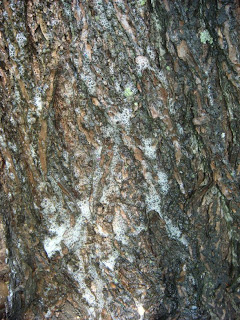National Moth Week 2017
 |
| Male Cecropia moth spotted at Button Bay State Park. Note the feathery antennae and distinctive pattern on wings. |
Happy National Moth Week!
This week, we highlight our ubiquitous, mysterious moth neighbors.
Moths are sometimes overlooked, except on a summer night when you leave the porch
light & they become impossible to ignore. The National Moth Week Website
reminds us that there are 150,000 to over 500,000 moth species in the world. That’s
a lot of moths, and a lot of variation!
The first question on many people’s minds- what exactly differentiates
a moth from a butterfly?
As with many things, there are many signs to look for, and
exceptions to most every rule. One easy way to tell is to look at the antennae-
moth’s antennae are feathered, while a butterfly’s antennae has a long shaft
and a bulb at the end. Butterflies are mostly diurnal (active in daytime) while
moths are nocturnal, though some moths are active at dawn & dusk (crepuscular.)
Also in general, butterflies tend to be larger and more colorful whereas moths
are smaller and more inconspicuous. Silk
moths like the large, brilliant green Luna moth are obvious exceptions to this
rule, and in fact there are moths that come in all sorts of intricate shapes,
patterns and colors.
 |
| Gallium Sphinx Moth at Smugglers' Notch State Park |
Ferrisburgh recently spotted a large male Cecropia moth. This fellow is one of the largest moths in North America and part of the giant silk moth family, which also includes Luna moths. When a giant silk moth like Cecropia emerges from the cocoon in May or June, he or she will only live for another week or two at most. Having no full-formed mouthparts, they don’t eat. These moths are lovers not fighters- the only goal is to reproduce, and for the female, to lay eggs before dying.
Also, staff at Smugglers’ Notch in Stowe spotted a Gallium
Sphinx moth earlier this season, rare in New England but common on other parts
of North America. This is another moth that bends those rules of identification-
it is crepuscular, and the striking, intricate color patterns on the wings are not
at all dull or drab.
More moth resources:
National Moth Week:
Moth-Watching with the Vermont Center for Ecostudies:
https://vtecostudies.org/blog/outdoor-radio-moth-watching/

.jpg)
.jpg)
Comments
Post a Comment
Feel free to let us know what you think.